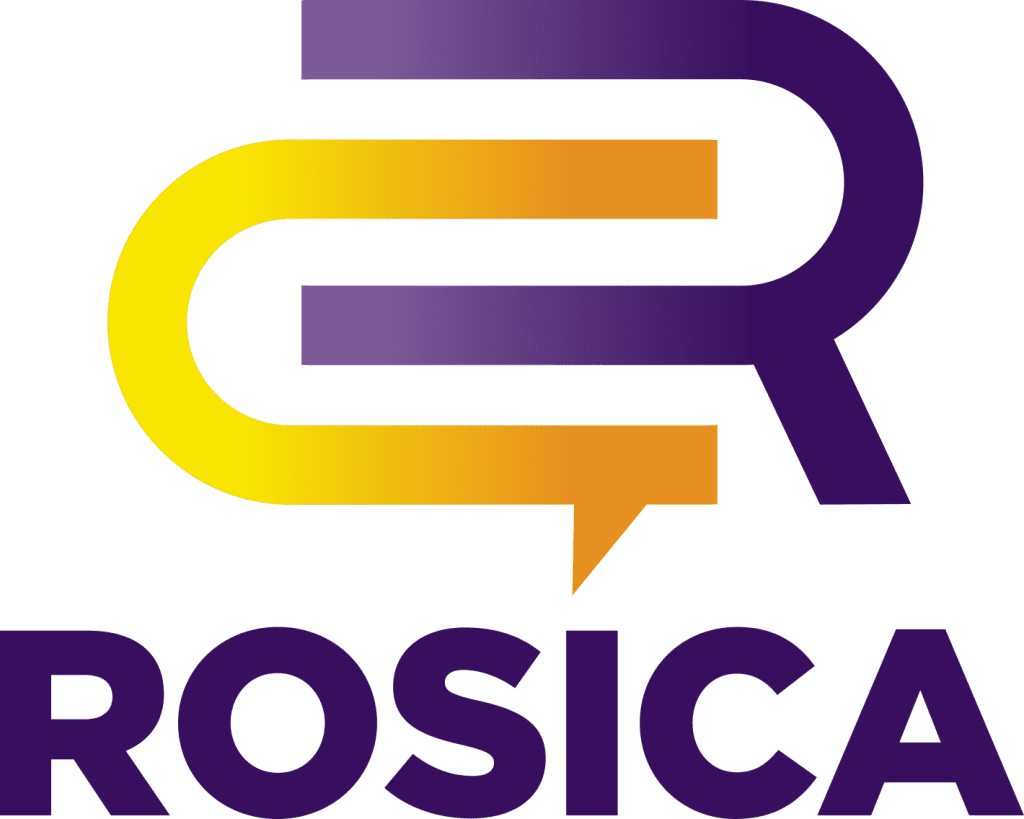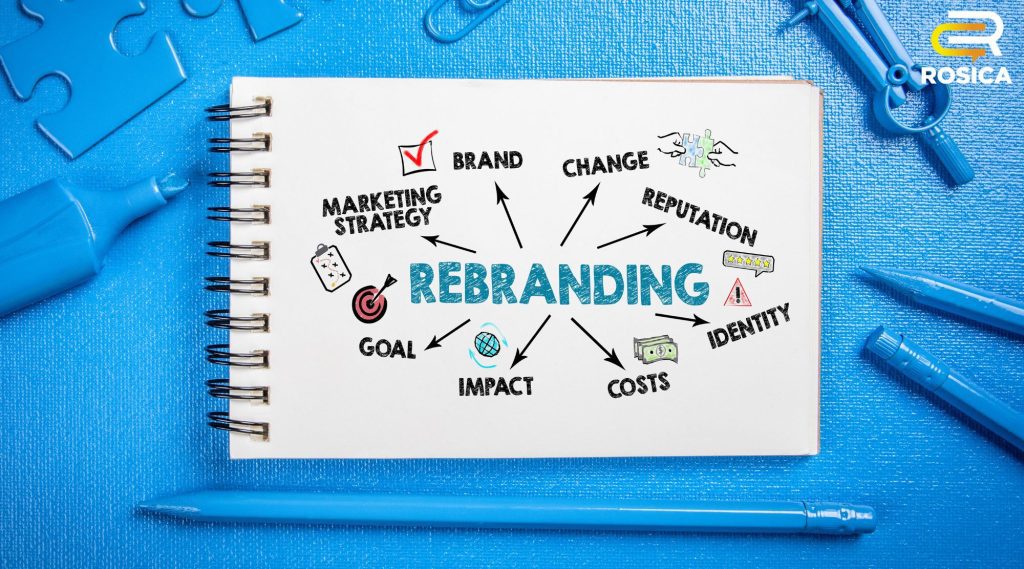Rebranding is no small undertaking—especially for nonprofit organizations with decades of name recognition, donor trust, or a loyal following. However, in today’s fast-evolving communications landscape, a fresh identity can sometimes be the catalyst needed to engage new audiences, confront reputational issues, or better reflect an organization’s evolving mission.
The recent rebrand of Humane Society International into Humane World for Animals offers a timely case study. This move was designed to communicate a broader, more global mission—one focused not just on animal protection but also on policy, veterinary outreach, and advocacy worldwide.
With guidance from a nonprofit PR agency or animal health PR agency, organizations can navigate these sensitive transitions—refreshing their brand while honoring the legacy they’ve built.
Rebranding Can Help Repair Reputational Damage
When a nonprofit or for-profit’s reputation suffers due to past leadership decisions, public controversies, political controversy, or simply outdated messaging—rebranding can offer a clean slate. It’s not a magic fix, but when paired with real, transparent internal improvements, it can help shift public perception.
A well-strategized rebrand, especially one supported by a crisis communications firm, can help remove or replace negative comments and reviews online, signaling change and reestablishing trust with stakeholders.
In the case of Humane World for Animals, some industry professionals may question whether the rebrand was necessary, given that the Humane Society name (still) had significant brand equity and positive sentiment. However, others argue that the name change helps broaden the organization’s appeal and clarifies its global objectives—critical in today’s global economy.
The key takeaway? Rebranding can rehabilitate a reputation—but only if it reflects genuine evolution, not just a surface-level refresh.
Modernized Messaging for Younger Generations
Younger audiences—namely Gen Z and Millennials—place a premium on authenticity, transparency, inclusivity, and action. For nonprofits, failure to connect with these values and give these stakeholders, the future of an organization’s success, can lead to dwindling support and engagement.
A rebrand can be a strategic way to communicate modern values. But organizations should also consider alternatives that resonate with young people:
- Forming a Young People’s Advisory Board
- Updating social media tactics with trending formats like TikTok reels, extensive video communications, or carousel posts
- Creating service-learning partnerships that offer college credits for campaign collaboration and volunteerism
Imagine an animal welfare campaign co-developed with university students studying veterinary science or environmental policy. Not only does this engage the next generation, it helps build long-term advocacy.
Enhancing thought leadership PR can be instrumental here, helping organizations build credibility with younger audiences through earned digital media, speaking opportunities, digital storytelling, and compelling social media news/updates.
Rebranding Carries Risks—Including Loss of Recognition
Despite the potential benefits, rebranding also poses serious risks.
Changing a well-known name like “Humane Society” means walking away from decades of built-up brand equity. It may confuse donors, alienate loyal supporters, or create gaps in visibility—especially if the new name isn’t immediately clear or recognizable. This is particularly true among existing supporters who may be older.
This isn’t a hypothetical risk. Consider the case of Overstock.com, which rebranded as “Beyond” to reflect its broader e-commerce ambitions. Despite the intent, the change confused consumers and weakened search engine visibility—ultimately prompting a reversal.
Similarly, when Pizza Hut briefly rebranded as “The Hut” in an attempt to modernize, it was met with criticism for losing the nostalgic charm and brand loyalty tied to the original name.
For nonprofits, the stakes are even higher. A rebrand requires investments in new collateral, website overhauls, staff retraining, and a robust internal and external communication plan. Without the guidance of an experienced nonprofit PR agency, these organizations risk launching a rebrand that doesn’t land—or worse, backfires.
Alternatives to Rebranding May Be Just as Effective
A name change is just one way to evolve a brand, but it’s not the only strategy.
For many organizations, small strategic shifts can be just as powerful, without the potential fallout of a full rebrand. These may include:
- Creating youth ambassador programs that empower students to lead local initiatives
- Developing social media campaigns tied to current cultural moments (e.g., mental health, sustainability, animal rescue stories)
- Partnering with academic institutions on research, data, and advocacy efforts
- Engaging a thought leadership agency to amplify expert voices and build media relationships and share-of-voice
All these strategies and tactics can refresh a nonprofit’s image while retaining the core identity that longtime supporters recognize.
For example, instead of changing their name, a local humane society might launch a multi-channel digital campaign to promote their animal rescue impact, spotlighting veterinarians and volunteers. With guidance from a seasoned animal health agency, this could be positioned as a values-based evolution—without the identity overhaul.
This is not to say that an updated logo and tagline may not be called for, along with a more modern website center on quality content that can be shared with a variety of stakeholders, based on age, demographics, interests, and needs.
Conclusion
Rebranding is a powerful strategic tool, but it should never be approached lightly. Especially for nonprofits working in high-emotion areas like animal welfare and public health, where the stakes are high and can impede or accelerate advocacy and support.
Done right—with thoughtful planning, audience research, and alignment with your mission—it can reinvigorate your presence, draw new support, and demonstrate progress. Done poorly, it can result in confusion, backlash, or donor/customer attrition.
Whether your organization is rebranding to recover from a reputation crisis, expand its global impact, or better connect with the next generation, the most important elements are authenticity and clarity. That’s where communication makes all the difference.
About Rosica Communications
Rebranding or refreshing your message is a big step—especially for mission-driven organizations. If you’re exploring how to better communicate your impact or evolve your brand thoughtfully, the team at Rosica Communications is here to support you.
With decades of experience as a nonprofit and animal health PR firm, we understand the nuances of messaging, reputation management, and audience engagement in our core fields of expertise.
Feel free to reach out to President and CEO of Rosica Communications, Chris Rosica to start a conversation via this link: https://calendly.com/rosica/30min. We’d love to learn more about your goals and offer insights based on your unique needs, challenges, and mission-centric differentiators.

